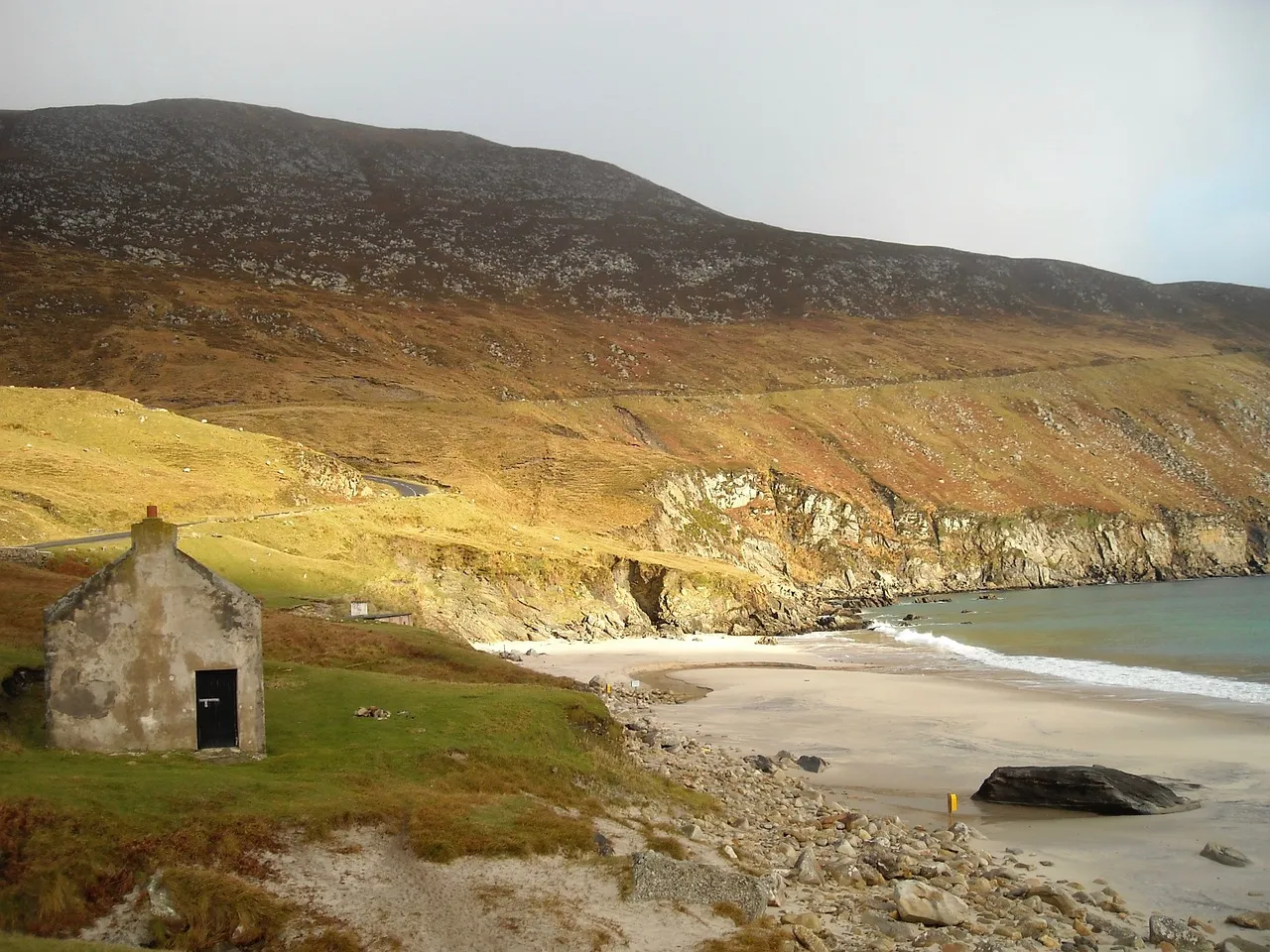With its stunning landscapes and rich cultural heritage, Ireland has much to offer travelers seeking a memorable and authentic experience. To make the most of your time, it's important to know the best travel seasons. In this article, we will share the ideal times to visit Ireland, helping you plan an unforgettable trip!
Unraveling the Seasons of Ireland
The Irish seasons are divided into four distinct periods:
- Summer – June to August
- Autumn – September to November
- Winter – December to February
- Spring – March to May
The tourist seasons follow a similar pattern, with peak season occurring from June to September and off-peak from November to February.
The Charm of Shoulder Seasons
To truly immerse yourself in the enchanting allure of Ireland, consider visiting during the shoulder seasons, from March to May and September to November. During these months, the country is less crowded, allowing for a more intimate exploration of its natural wonders and cultural gems. With mild temperatures and more moderate rainfall, the shoulder seasons present a delightful climate for traversing Ireland's picturesque landscapes.
Summer: Vibrant Landscapes and Long Days
Summer, the warmest time of the year, paints Ireland's countryside in an array of lush hues, with long days providing ample opportunity for outdoor adventures. Although this is the peak tourist season, and prices tend to be higher, the lively atmosphere and sun-kissed landscapes make it a popular choice for many visitors.
Winter: Serenity and Snow-Capped Peaks
Winter in Ireland offers a different, but equally mesmerizing experience. While some sites may close during the colder months, the serene atmosphere and snow-dusted landscapes provide a unique opportunity to witness Ireland's tranquil beauty. With temperatures usually remaining above freezing, winter can be an ideal time for those seeking a peaceful retreat amidst Ireland's enchanting scenery.
